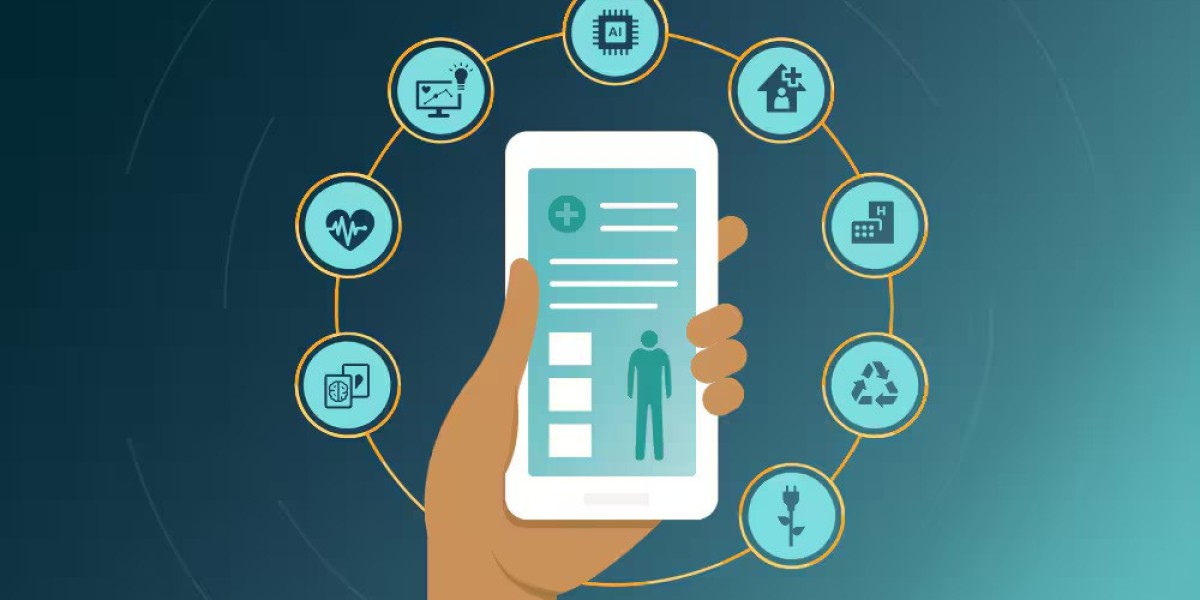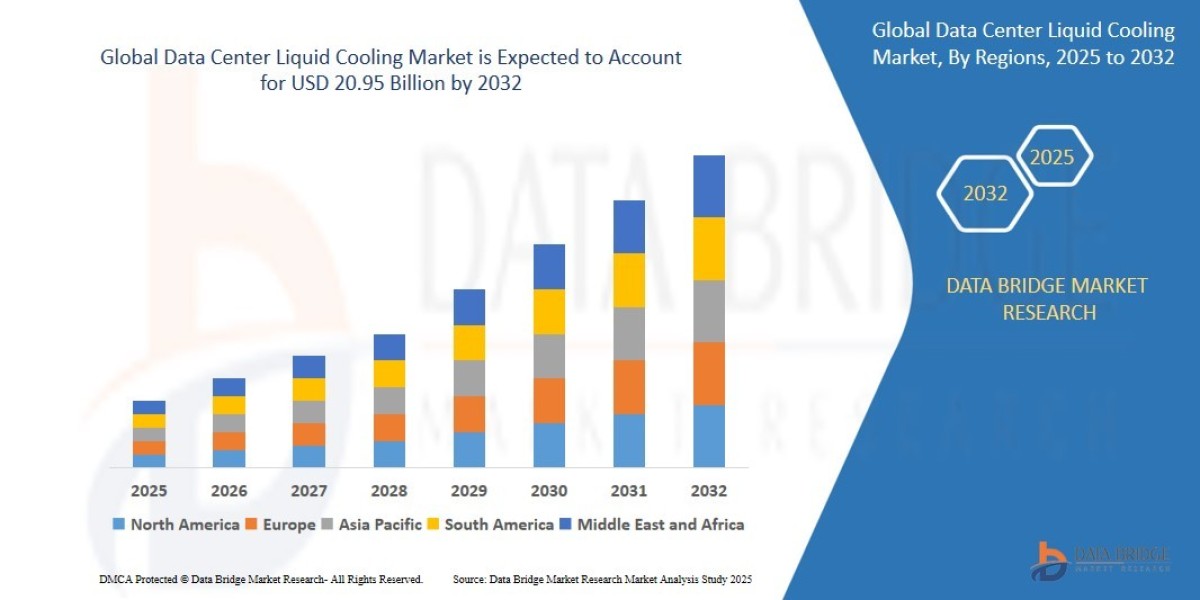Public health reporting plays a vital role in monitoring diseases, identifying outbreaks, and guiding policy decisions. However, the traditional manual methods of data entry and submission are time-consuming, prone to errors, and difficult to scale. To address these challenges, public health reporting automation tools have emerged, allowing healthcare providers to streamline reporting processes, reduce human errors, and ensure timely compliance with public health regulations.
This article highlights the top 10 tools that are transforming public health reporting with automation and efficiency.
1. Syndromic Surveillance Systems (such as the BioSense Platform)
Syndromic surveillance tools like the BioSense Platform are widely used by public health authorities to monitor disease patterns in real time. These systems collect health-related data from emergency departments, urgent care centers, and hospitals. The automation processes within these tools help standardize data formats, anonymize patient information, and send structured data directly to public health agencies.
Health organizations benefit from immediate access to critical data, enabling them to respond quickly to outbreaks and other health events without relying on manual case-by-case reporting.
2. Electronic Laboratory Reporting (ELR) Systems
Electronic Laboratory Reporting systems allow diagnostic labs to send lab results automatically to public health authorities. These tools eliminate the need for manual report creation, reduce transcription errors, and ensure timely transmission of critical health data.
Many EHR systems now offer ELR functionality, which simplifies compliance with local, regional, and national reporting requirements. ELR systems are essential for reporting infectious diseases, especially during public health emergencies such as the COVID-19 pandemic.
3. National Electronic Disease Surveillance System Base System (NBS)
Developed with support from the Centers for Disease Control and Prevention, the NBS platform offers secure, standardized tools to help health departments collect and analyze reportable disease data. It automates electronic case reporting, tracks disease progression, and supports secure data exchange between jurisdictions.
The NBS is designed to integrate seamlessly with other health systems and is adaptable to meet the changing needs of public health agencies. It helps reduce manual workload while maintaining data quality and security.
4. eCR Now Initiative Tools
The electronic case reporting initiative known as eCR Now provides healthcare providers with automated tools that identify and report cases of public health concern directly from EHR systems.
These tools use predefined triggers and condition-specific templates to detect reportable cases, automatically compile the required data, and submit it to relevant authorities. This approach reduces the dependency on staff to manually initiate reports and significantly enhances the speed and accuracy of data transmission.
5. Health Information Exchanges (HIEs)
Health Information Exchanges support the electronic movement of health-related information across organizations. They facilitate real-time data sharing between hospitals, laboratories, clinics, and public health departments.
With built-in automation, HIEs can detect reportable events and route data directly to the appropriate entities without provider intervention. HIEs improve care coordination and support population-level health reporting by ensuring the availability of clean, standardized, and accessible health data.
6. APHL Informatics Messaging Services (AIMS)
The AIMS platform, managed by the Association of Public Health Laboratories, provides a cloud-based environment for securely exchanging electronic messages between healthcare organizations and public health agencies.
It supports the transmission of various types of health data, including laboratory results, immunization records, and disease reports. The platform automates data formatting, transformation, validation, and secure delivery, making it a cornerstone of modern public health informatics infrastructure.
7. Epic’s Public Health Reporting Suite
Epic Systems, one of the leading EHR vendors, offers a comprehensive suite of public health reporting tools. These tools support automatic submission of lab results, immunization data, and reportable disease information to health departments.
Epic’s built-in automation ensures that public health reporting happens as a natural part of the clinical workflow. Providers do not need to manually create reports, as the system detects relevant cases and handles the submission process in real time.
8. Cerner’s Public Health Solutions
Cerner, another major EHR provider, delivers a range of public health automation features for its clients. These include tools for immunization reporting, disease surveillance, and syndromic data submission.
Cerner systems are equipped to comply with the CDC and ONC interoperability standards. With automated case detection and customizable reporting workflows, Cerner helps healthcare institutions reduce errors and accelerate public health data reporting.
9. Rhapsody Integration Engine
The Rhapsody Integration Engine supports seamless data exchange across diverse health information systems. It automates data transformation and mapping processes to ensure compatibility with standards such as HL7, CDA, and FHIR.
Hospitals and labs use Rhapsody to streamline communication with public health systems. It's built-in logic can detect trigger conditions, convert formats, and dispatch reports without human involvement. This dramatically enhances efficiency and consistency across reporting workflows.
10. Instacare EHR Public Health Integration
Instacare EHR Software offers automation features tailored for small to medium-sized clinics and diagnostic labs. Its integrated modules support electronic lab reporting, immunization data sharing, and disease notification services.
Instacare enables clinicians to report health data to relevant authorities with minimal effort. Automation tools within the system ensure timely and accurate reporting, reducing the burden on medical staff and enhancing compliance with public health guidelines.
Why Public Health Reporting Automation is Essential
In today’s healthcare environment, the ability to report timely and accurate data is crucial. Automated tools reduce delays, eliminate redundancy, and ensure that critical health information reaches the appropriate authorities as quickly as possible.
They also improve data quality, reduce administrative burden, and allow healthcare professionals to focus more on patient care. Moreover, automation supports the scalability of health systems, which is especially important during public health emergencies and disease outbreaks.
Final Thoughts
Automated public health reporting tools are no longer optional they are essential. From small clinics to large hospital networks, organizations that adopt these tools position themselves for greater efficiency, compliance, and impact in public health outcomes.
By choosing the right solution based on your organization’s size, existing systems like patient management software, and reporting requirements, you can modernize your public health reporting and contribute more effectively to disease prevention and population health management.








